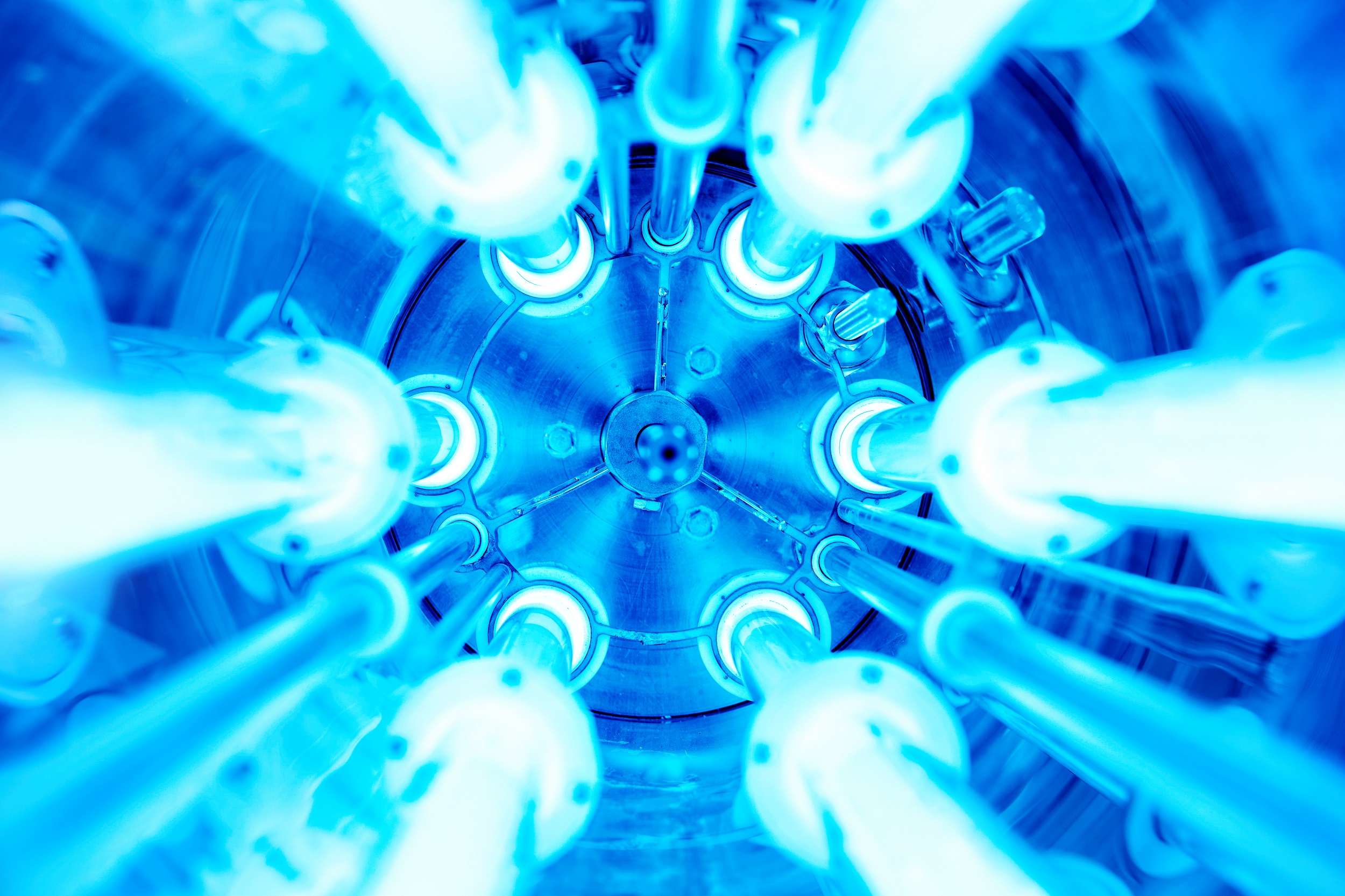
Decades-old technology is being brought back in the fight against the COVID-19 virus.
Ultraviolet-C (UV-C) light has been used extensively as a disinfectant for more than 40 years. Following research proving its effectiveness in inactivating the COVID-19 virus, the latest in UV-C lighting technology has been installed at Dunedin Hospital in what’s believed to be a New Zealand first.
Patients from the southern region with COVID-19 who need to come to hospital will be cared for at Dunedin Hospital, and infectious disease physician Dr Brendan Arnold has overseen the installation of a first set of 20 Philips UV-C ‘upper air disinfection units’ in the hospital.
These have been installed in the emergency department and respiratory ward to help prepare the hospital to receive COVID-positive patients. More units will be installed as required across other Southern DHB facilities.

“UV-C lights offer an efficient, cost-effective solution for improving the air disinfection, particularly when you’re working with ageing infrastructure,” he says.
“They are very easy to retrofit compared with the work required to improve mechanical ventilation systems.”
Dunedin Hospital has five negative pressure rooms in the respiratory ward, and needed to upgrade other rooms in the ward to be ready for when the virus spreads south.
UV-C lamps are one of a range of technologies SDHB is implementing to improve air disinfection in clinical areas that will be required to manage COVID-19.
Wall-mounted units now direct UV-C light across the ceiling space in an Emergency Department observation unit as well as in five four-bedded rooms in the respiratory ward at Dunedin Hospital in preparation for the hospital to receive COVID-positive patients.
The UV-C light neutralises the virus in the air at the top of the room while the normal hospital ventilation system circulates the air, exposing the virus to the UV-C. Staff can continue to work safely underneath.
Dr Arnold said more than 1500 hospitals in South Africa use the technology for the control of tuberculosis, and it has also recently been shown to be highly effective against coronavirus.
Signify (formerly Philips) Netherlands provided the computer-aided design modelling to assist with lamp placement in each room.
New Zealand country leader for Signify (formerly Philips Lighting), Chris Morris, said laboratory research has shown that Philips UV-C disinfection upper air wall mount luminaires inactivated 99.99 per cent of SARS-CoV-2, the virus responsible for the COVID-19 disease, in the air of a room within 10 minutes. At 20 minutes, the virus was below detectable levels.
“This indicates that, in most indoors situations, upper air UV-C can remove pathogens including SARS-Cov-2 from the air with greater efficacy than natural or mechanical ventilation,” said Morris.
“The technology is effective for disinfecting air, water and surfaces and has been proven over many years.”
Morris said Signify is installing the Philips UV-C disinfection solutions in schools, universities, supermarkets, gyms and hospitals overseas and the company is pleased to be playing a part in protecting people against COVID-19 in New Zealand.
Comment below to have your say on this story.
If you have a news story or tip-off, get in touch at info@incleanmag.co.nz.
Sign up to INCLEAN NZ’s newsletter.